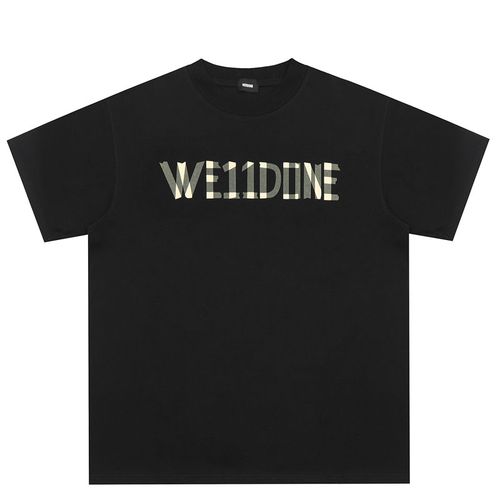In popular sports and leisure clothing, the choice of fabric is very important, not only affecting the appearance and texture of the clothing, but also directly related to the comfort and performance of wearing. The following are several common popular fabrics and their characteristics and uses:
1. Polyester: Polyester is a synthetic fiber that is lightweight and durable. and anti-wrinkle properties. Polyester fabric has good elasticity and wear resistance, but poor air permeability. It is usually used to make sports T-shirts, sweatpants, jackets, etc. In addition, polyester has good dyeing properties and can present rich colors and patterns.
2. Cotton: Cotton is a natural fiber that is soft, sweat-absorbent and breathable. Cotton fabric is comfortable and skin-friendly, and is suitable for making daily casual clothing, such as T-shirts, shirts, and pants. However, cotton fabrics are prone to shrinkage and will become heavier after absorbing moisture, so special attention should be paid to maintenance and shrinkage prevention.
3. Nylon: Nylon is a synthetic fiber that is light, wear-resistant and quick-drying. Nylon fabric has high strength and good stretchability, and is suitable for making sportswear, outdoor clothing, swimwear, etc. In addition, nylon can be specially treated to make it waterproof, windproof and breathable.
4. Spandex: Spandex is a special synthetic fiber with high elasticity and resilience. Elastane is often blended with other fibers to provide greater stretch and fit to garments. Common mixed fabrics include polyester stretch, cotton stretch and nylon stretch, etc., which are widely used in tights, sports bras and stretch pants.
5. Poly-cotton: Poly-cotton is a fabric made of polyester and cotton, which has the advantages of both. Polyester-cotton fabric not only maintains the breathability and comfort of cotton, but also increases the durability and wrinkle resistance of polyester. It is often used to make casual T-shirts, dresses, and shirts.
It is necessary to choose the appropriate fabric according to the specific use of the garment and personal preferences. At the same time, when buying clothing, understanding the composition and characteristics of the fabric can help you choose the style and quality that suits you.







